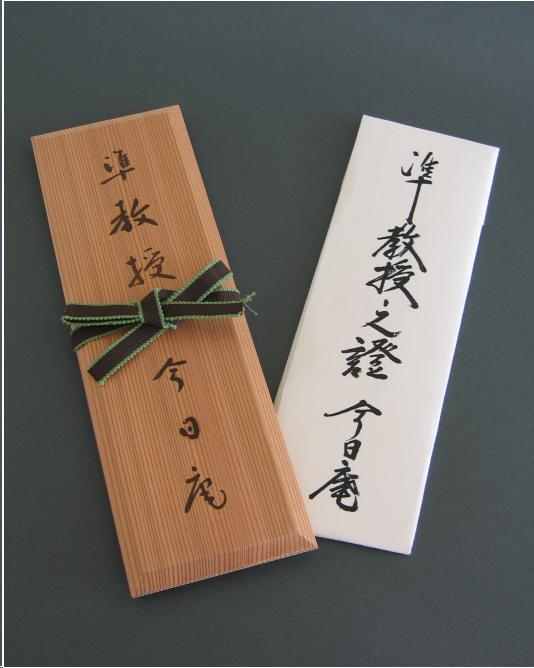Zen and Tea Learning
Table of Contents
Text and Images from Slide

A Tea Certificate from the Urasenke Tea Lineage

A Tea Certificate from the Urasenke Tea Lineage
Although the term may have first been applied to schools of ancient court music in Heian (794-1185) times, the iemoto (family lineages specializing in the arts) started awarding certificates in the middle of the eighteenth century. From that time on, the word iemoto has also been applied to the system of licensing the teaching of a Japanese traditional art.